Opposites for describing position – II
A story of knowledge
The Bear and the Fox
A bear and a fox were neighbours. The bear lived on the right side of the high hill, while the fox lived under the low bushes in a burrow on the left side of the hill.

The clever fox came up with a plan to fool the bear and grow some food on his farm. He went to the bear and said, ‘‘let us grow some crops together, and when the crops are ready, we can split it – the top half, everything above the soil would be yours and the bottom half, everything below the soil would be mine.’’
The bear readily agreed to the fox and felt happy that his farm could be put to good use.
When it was time to harvest the crop, the bear got green leafy tops that grew above the soil while the fox got the lower half of the plant that grew under the soil - potato, beetroot, carrot. It was the first time that the fox tricked the bear.

Next time, the Bear and the clever Fox decided to be partners again. The bear said, “This time, I will have everything that grows below the soil, and you can take everything that grows above the soil.” When it was time for the harvest, the fox harvested the top part – cabbage, tomato, eggplant, and lettuce, while the bear harvested roots of these plants.
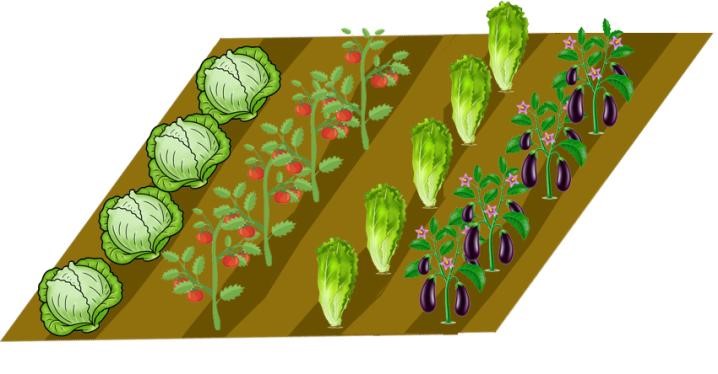
The bear was furious because he had been tricked again. He walked up and down the hill thinking how to change his fortune. After giving a good thought, the bear decided to partner with the fox for the last time to grow crops on his farm. The bear said, “This time, I want the top and the bottom. You can take the middle”. The fox agreed to the plan. The harvest arrived, and the fox pulled roots at the bottom and the tassels at the top and gave them to the bear, while the fox collected all the ears of corn from the middle.

Being tricked again, the bear decided to plant his crops from now on to keep the tops, bottoms, and middles of crops.
Family conversation
- The opposite words used in the story.
- The meaning and usage of all opposite words in this story.
- Crops that grow on top of the ground.
- Crops that grow below the ground.
- Crops that grow well above the ground.
- How going left from where one is standing is the opposite of going right.
- How you are opposite of yourself while seeing yourself in a mirror.
- The idea of first and last.
Discuss with children
There is not much ‘mathematical’ to be learnt about positions at this level. The positions have to be learnt in more general terms. Of course, know that as such 10 m to the left of a place is very different from 10 m to the right of the place. We are not quantifying positions yet.
- Are high things out of your reach?
- Are low things within your reach?
- Does “up” mean all places above your head?
- Does “down” means all places below your feet?
- Is the left hand always the left hand? Is the right hand always the right hand?
- Is the left in a book always the same side of the book?
- What is at the top of your body? What is at the bottom of your body?
- Is stomach the top or the bottom of our body?
- Is there only one first thing? And only one last thing?
- Think of situations you would not be unhappy being the last?
Let us explore
- Explore standing crops of as many different varieties as possible.
- Visit a greengrocer's shop to identify which vegetable grows where - the bottom, the middle or the top.
- Explain and then explore high-low, left-right, top-bottom, below-above, and up-down by playing ‘I spy …… which is high/low….’ inside the house.
- Share tips on how to remember the left and the right hands.
Let us practice
1. Where is the monkey? Put an oval ( ) around the arrow upwards (↑) if it is moving up and around downwards arrow (↓) if it is moving down.
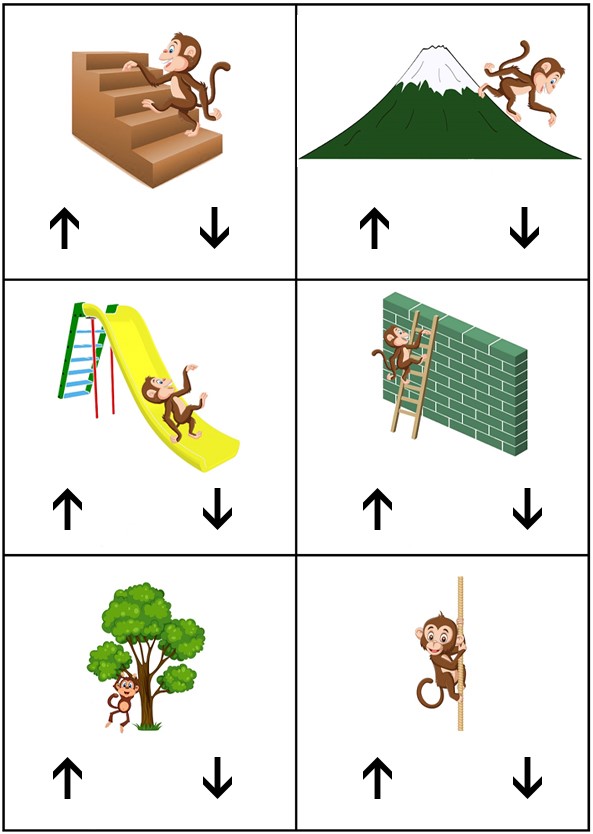
2. Trace a bigger kite ( ) using purple-colour crayon around the kite, which is higher of all in the picture. And trace a bigger kite around the kite that is lower of all in yellow-colour crayon.

Mark a red-colour high (↑) on the bird that is sitting higher than all birds, and a green-colour low (↓) on the bird that is sitting lower than all birds.

Mark a red-colour high (↑) on the apple that is higher than all apples, and a green-colour low (↓) on the apple that is lower than all apples.

Who is jumping higher than everyone else? Circle ( ) the child.

3. For each of the four pictures, put an arrow () next to the top thing and a smiley (
) next to the thing at the bottom.

4. Is the frog on the right or the left in the image? Place a triangle ( )around the arrow pointing right (→) in the image when the frog is on the right side and around the arrow pointing left (←) when the frog is on the left side.

5. Where will you find me? Match the fruits and vegetables to their location where they grow - Top, middle, or bottom.
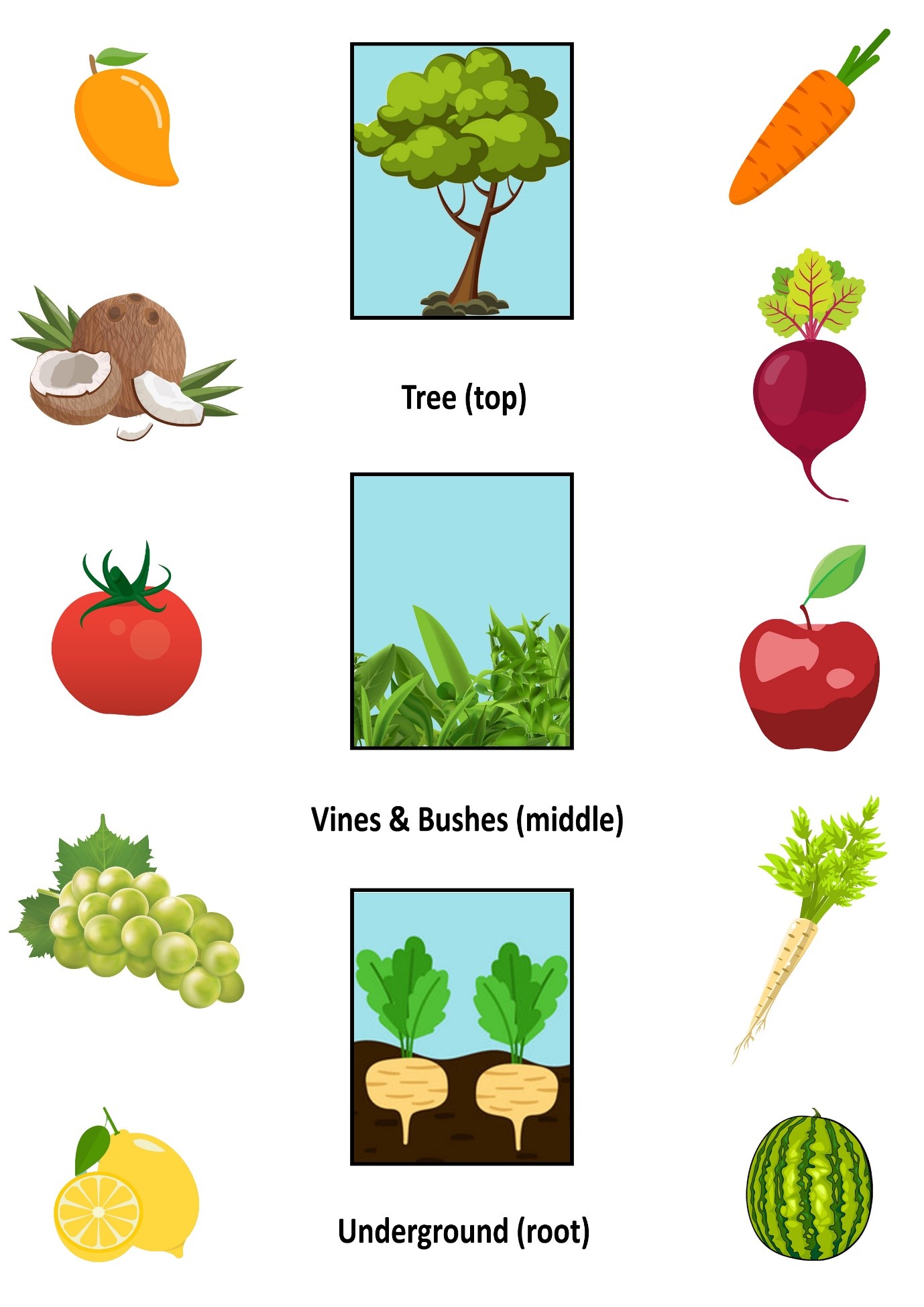
6. Which is the first and which is the last?
Below are the stages of how flowers grow. Colour the first stage in green colour and the last in red.
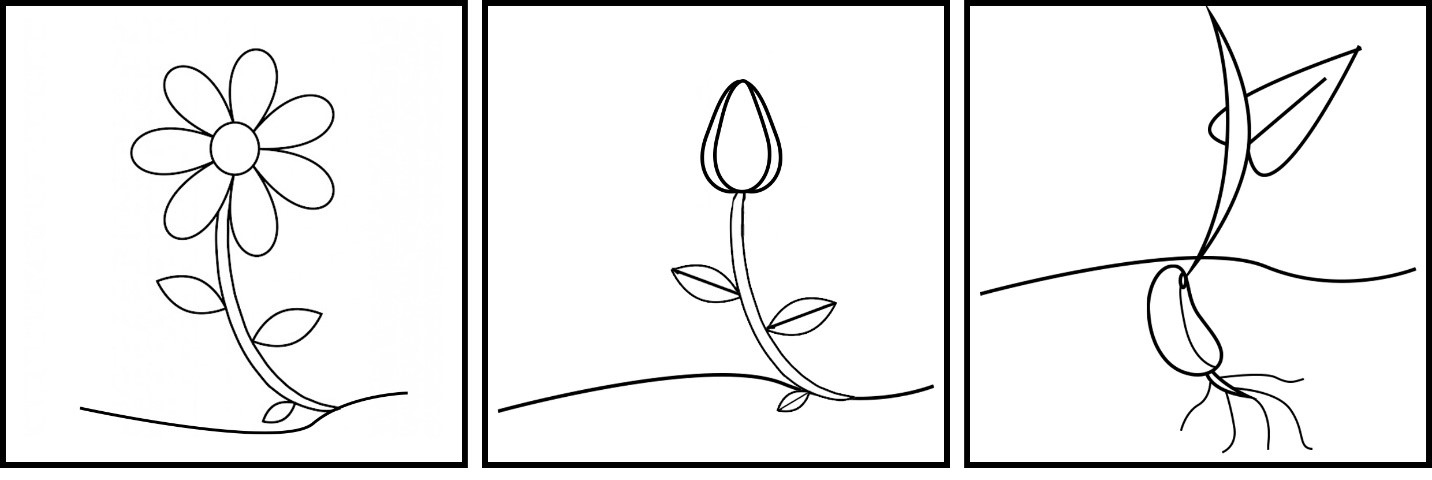
Here is a drawing of a snowman (in the middle). Colour the first step of making the snowman in yellow colour and the last step in blue colour.
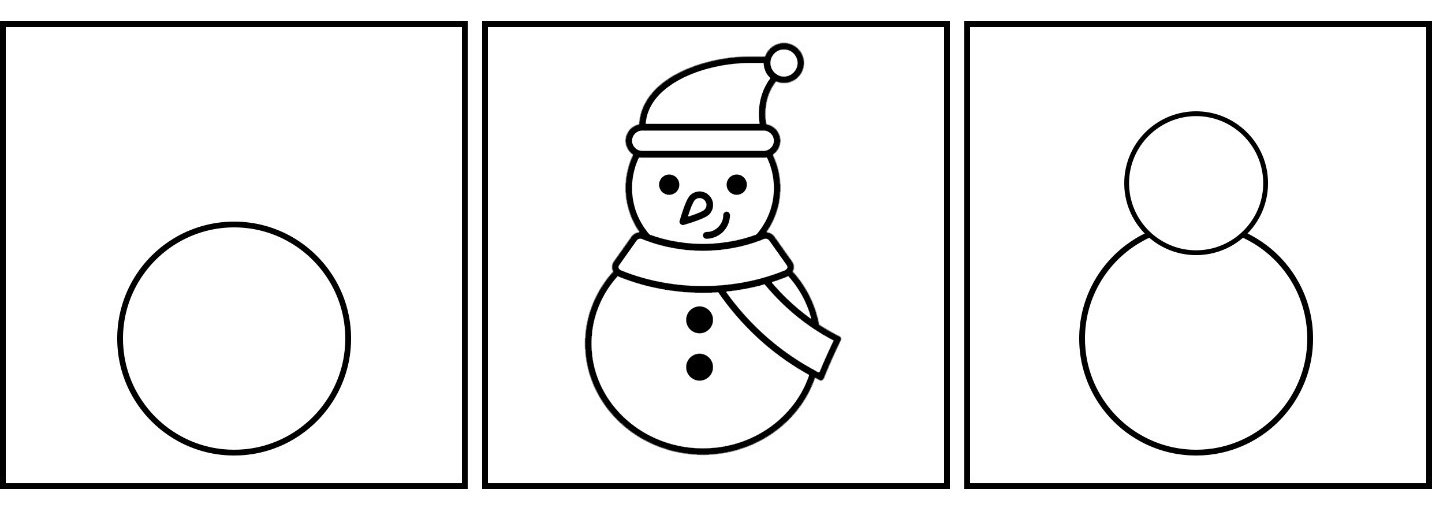
Duckling!!! But from where did it come? Colour the first stage in yellow and last in purple.

7. Cut ()and paste in sequence. Which is the first and which is the last?
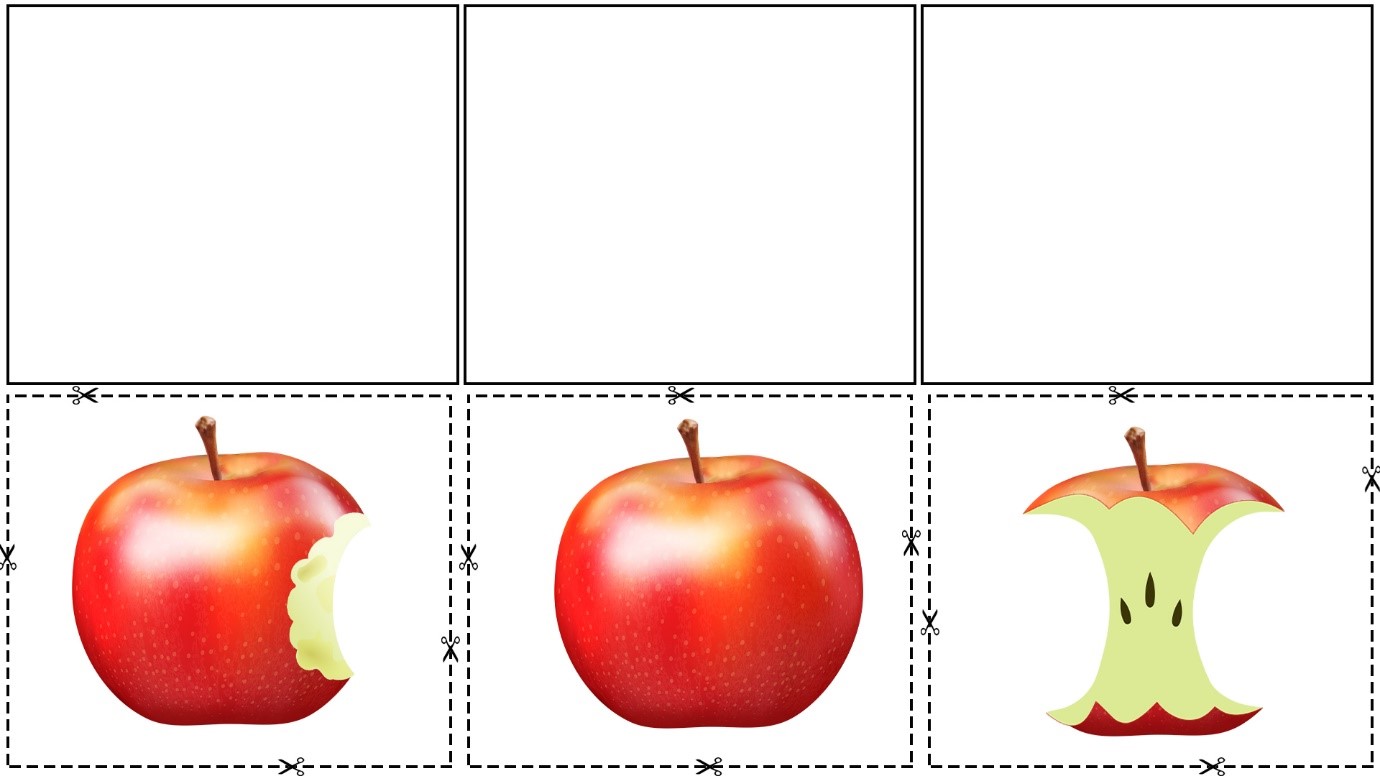
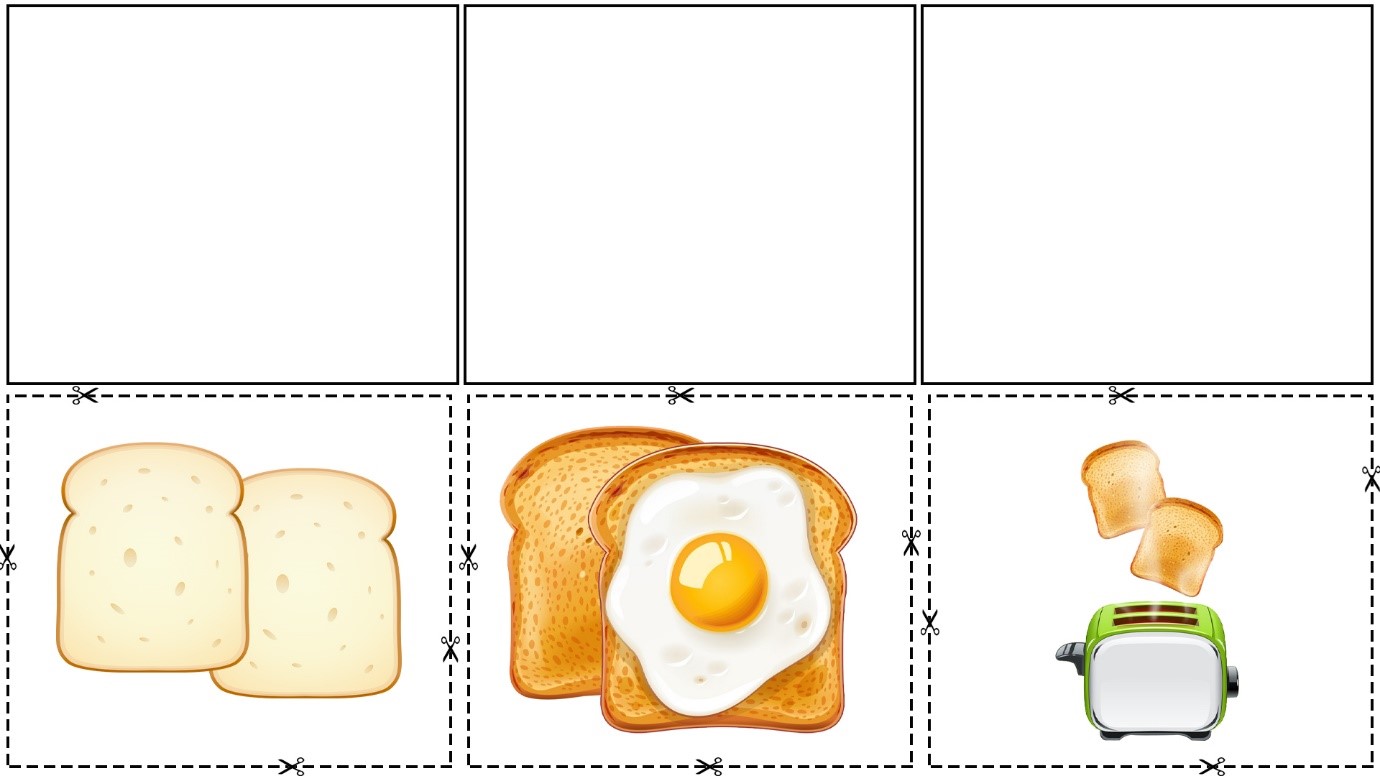


Let us do it
1. Colour the birds and animals flying up in the air blue, and those down on the ground green.
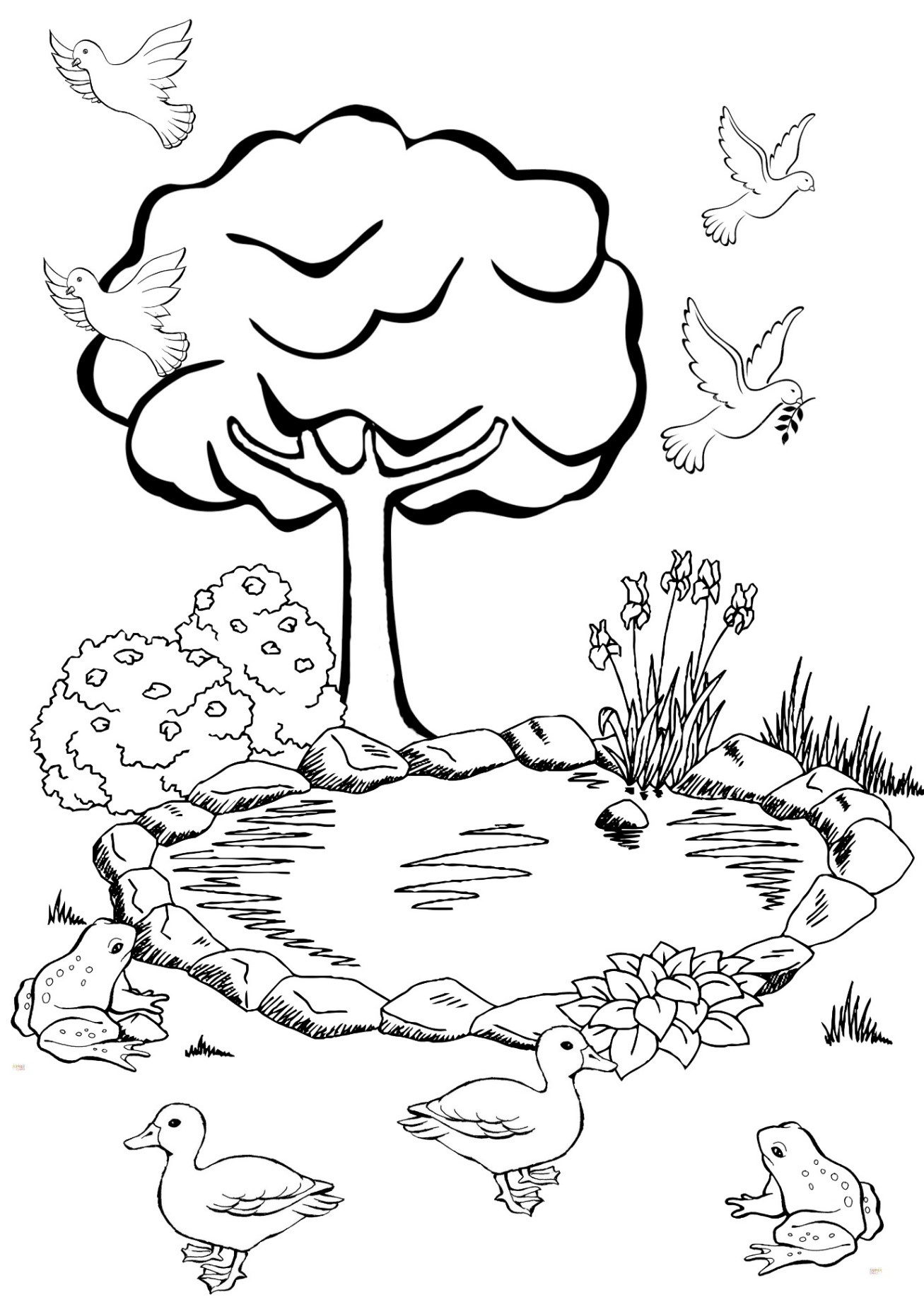
2. Draw a square on the left and a circle to the right of the puppy.

3. Draw a triangle on the left and a rectangle to the right of the cat.

4. Draw a star on the left and a heart to the right of the rabbit.

5. Colour all the arrows pointing left green and all the arrows pointing right blue.

6. How does corn grow? Cut and paste the stages in order.
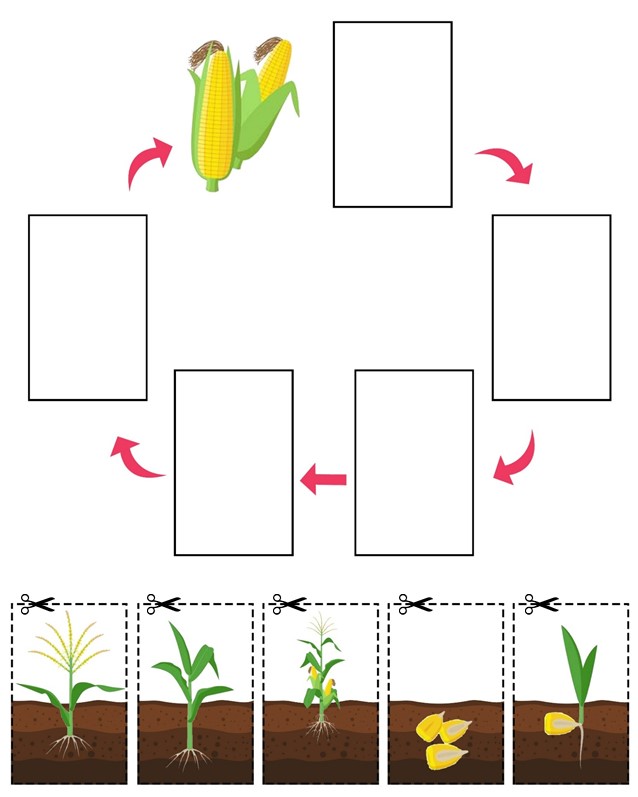
Let us make
Add pages to your opposites book. On these pages, cut and paste or draw things with opposite descriptions, such as:
- High and low
- Up and down
- Left and right
- Top and bottom
- First and last
Excerpted from the book ‘Foundations of mathematical thinking (Mathematics as a language)’ by Sandeep Srivastava and Saloni Srivastava
